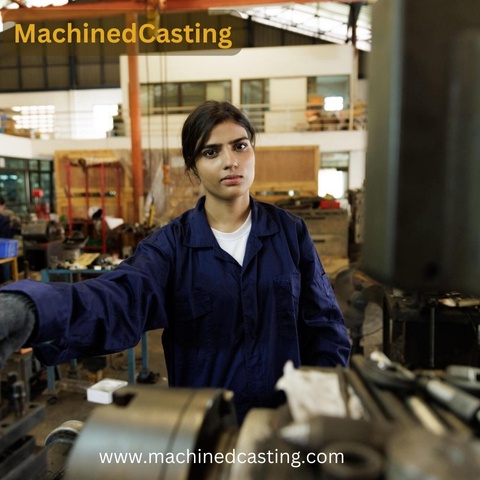Precision machining is a critical process in manufacturing that involves the use of cutting-edge tools and techniques to create intricate components with tight tolerances. From aerospace to medical industries, precision machining plays a pivotal role in ensuring the quality and functionality of various products. Mastering precision machining requires a combination of skill, knowledge, and attention to detail. In this guide, we'll delve into the key aspects of precision machining and provide practical tips for achieving efficiency and accuracy.
-
Understanding Materials: Before beginning any machining operation, it's essential to have a thorough understanding of the materials being worked on. Different materials, such as metals, plastics, and composites, have varying properties that influence machining parameters like cutting speed, feed rate, and tool selection. Conduct material analysis and refer to material datasheets to determine the optimal machining parameters for each specific material.
-
Tool Selection and Maintenance: Selecting the right tools for precision machining is crucial for achieving desired outcomes. High-quality carbide or high-speed steel tools are commonly used for precision machining due to their durability and ability to maintain sharpness. Consider factors such as tool geometry, coating, and rigidity when choosing tools for specific machining operations. Additionally, regular tool maintenance, including sharpening, coating renewal, and proper storage, is essential for prolonging tool life and ensuring consistent performance.
-
Machining Parameters Optimization: Fine-tuning machining parameters such as cutting speed, feed rate, and depth of cut is essential for optimizing productivity and surface finish while maintaining dimensional accuracy. Utilize machining software or experimental testing to determine the ideal combination of parameters for each machining operation. Pay close attention to factors like chip formation, tool wear, and heat generation to adjust parameters accordingly and avoid detrimental effects on component quality.
-
Fixture Design and Workholding: Proper fixture design and workholding techniques are critical for securely holding workpieces during machining operations. Consider factors such as part geometry, material, and accessibility when designing fixtures to ensure stability and precision. Utilize a combination of clamps, vises, and specialized fixtures tailored to the specific requirements of each component. Regularly inspect fixtures for wear and recalibrate as needed to maintain accuracy.
-
Inspection and Quality Assurance: Inspection is a fundamental aspect of precision machining to verify dimensional accuracy and adherence to specifications. Implement a comprehensive inspection plan that includes both in-process and final inspection using precision measuring tools such as micrometers, calipers, and CMMs (Coordinate Measuring Machines). Establish rigorous quality control procedures to identify and address any deviations from the desired tolerances promptly.
By following these guidelines and continuously refining machining techniques, you can master the art of precision machining and produce high-quality components with unparalleled accuracy and efficiency. Remember to stay updated with advancements in machining technology and methodologies to remain at the forefront of the industry.


No comments yet